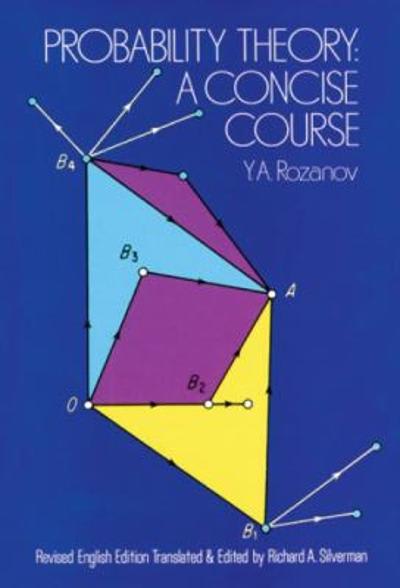Question
1) What is the z-score of x=4x=4 if it is 33 standard deviations to the left of the mean? z= What is the z-score of
1) What is the z-score of x=4x=4 if it is 33 standard deviations to the left of the mean? z= What is the z-score of x=11x=11 if it is 1.91.9 standard deviations to the right of the mean? z=
2)Suppose the random variable XX is normally distributed with mean 58 and standard deviation 10. Let ZZ be distributed according to the standard normal distribution. Then P(59.2 3) Suppose the random variable XX is normally distributed with mean 59 and standard deviation 7. Let ZZ be distributed acording to the standard normal distribution. Then P(X<71.6)P(X<71.6) is the same as P(Z 4) Suppose the random variable XX is normally distributed with mean 64 and standard deviation 8. Let ZZ be distributed acording to the standard normal distribution. Then P(X>62.88)P(X>62.88) is the same as P(Z>P(Z>)). Round to two decimal places 5) In his MTH173 class, Professor Fibonacci found that the mean score of the first test was 58. Suppose that the scores are normally distributed with a standard deviation of 16 points. What is the probability that a randomly selected score is less than 78? P(x<78) = What is the probability that a randomly selected score is more than 97? P(x>97) = what is the probability that a randomly selected score is between 78 and 97? P(78 6) The arrows can only be dragged tozscores that are accurate to 1 place after the decimal point (these values correspond to the tick marks on the horizontal axis).Select from the drop down menu to shade to the left, to the right, between, or left and right of the z-score. a) Sketch the region corresponding to the statementP(Z<1.9)P(Z<-1.9). Shade: Left of a valueRight of a valueBetween two values2 regions. Click and drag the arrows to adjust the values. -1.5 b) FindP(Z<1.9) 7) The arrows can only be dragged tozscores that are accurate to 1 place after the decimal point (these values correspond to the tick marks on the horizontal axis).Select from the drop down menu to shade to the left, to the right, between, or left and right of the z-score. a) Sketch the region corresponding to the statementP(Z>1.3)P(Z>1.3). Shade: Left of a valueRight of a valueBetween two values2 regions. Click and drag the arrows to adjust the values. -1.5 b) FindP(Z>1.3) 8) The arrows can only be dragged tozscores that are accurate to 1 place after the decimal point (these values correspond to the tick marks on the horizontal axis).Select from the drop down menu to shade to the left, to the right, between, or left and right of the z-score. a) Sketch the region corresponding to the statementP(0.9 Shade: Left of a valueRight of a valueBetween two values2 regions. Click and drag the arrows to adjust the values. -1.5 b) FindP(0.9 9) Evaluate the following probabilities based on the standard normal distribution: Round all answers to 4 decimal places. a. P(z<1.1)=P(z<1.1)= b. P(z>1.8)=P(z>1.8)= c. P(1.8 10) For a 4-period class, students should spend an average of 12 hours studying for the class. A survey was done on students, and the distribution of total study hours per week is bell-shaped with a mean of 14 hours and a standard deviation of 2 hours. Use the Empirical Rule to answer the following questions. 95% of the students have study hours that are between and
Step by Step Solution
There are 3 Steps involved in it
Step: 1

Get Instant Access to Expert-Tailored Solutions
See step-by-step solutions with expert insights and AI powered tools for academic success
Step: 2

Step: 3

Ace Your Homework with AI
Get the answers you need in no time with our AI-driven, step-by-step assistance
Get Started


